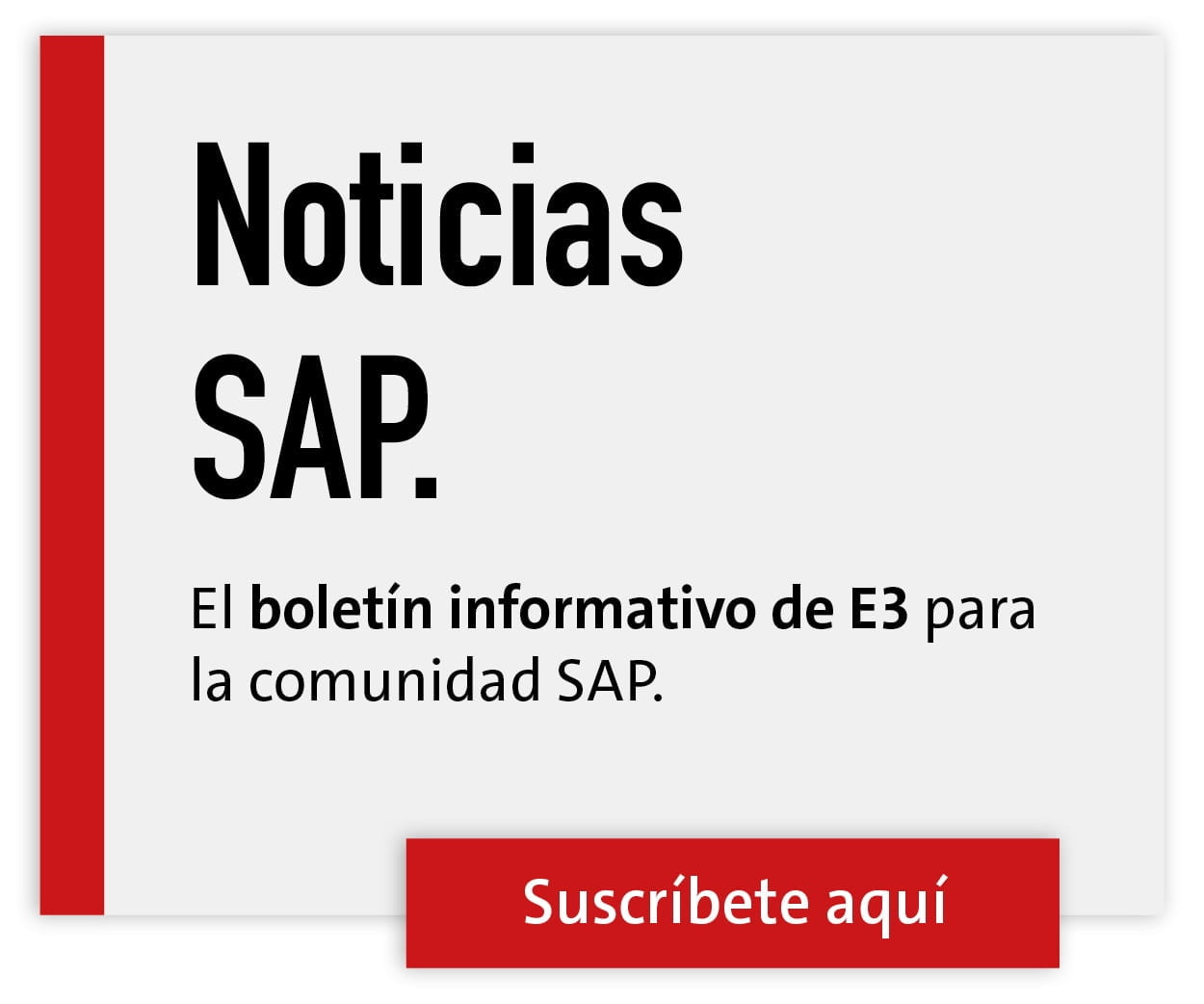Exploiting existing potential with NAI
![[shutterstock.com: 1137613154, pascal]](https://e3magpmp.greatsolution.dev/wp-content/uploads/2019/06/shutterstock_1137613154_cmyk.jpg)

SAP users who try to solve the following task with conventional on-board tools quickly reach the limits of their capabilities: for example, in the context of financial controlling, a very large volume of several billion FI lines can be evaluated analytically on an ad hoc basis.
This is technically possible in principle. However, in today's business world, runtimes of several days are simply not acceptable. Or, another example: If you are a retailer trying to evaluate millions of cash register receipts correctly and quickly every day, especially since this involves non-SAP data, you will say to yourself after a short time: you can't do it without IT systems designed for this purpose.
These and many other application possibilities are reliably realized with the Nearline Analytic Infrastructure from PBS. PBS NAI stands for the analysis and management of operational mass data.
This allows companies to quickly evaluate these data and thus to aggressively develop and advantageously control their business. And when we talk about "quickly", we mean seconds, not days.
Side Car Solution
Now in use for years at companies from a wide range of industries worldwide, the PBS Nearline Analytic Infrastructure is constantly evolving. And the application usage is also constantly increasing.
After all, the goal is - to put it bluntly - to get more and more out of data. Not as an end in itself, of course, but to continuously drive the business forward or to exploit dormant business potential.
The aforementioned NAI at PBS has developed from many years of know-how in the area of lifecycle data management and archiving, especially in the SAP environment. This has resulted in add-on solutions that are used globally by SAP users, including the PBS Nearline Analytic Infrastructure and the PBS Archive Add-ons.
With Nearline Analytic Infrastructure (NAI) it is possible to realize even difficult or complex analyses based on a query configurator and a user-defined database.
In fact, the query configurator replaces a sometimes time-consuming Abap programming, without any special Abap programming knowledge. This means that departments can compile and execute specific queries or analyses themselves in a relatively simple way.
Without intensive resource input or contribution from an IT department. It is also possible to perform combined analytics use with SAP data, SAP archive data and external data.
If you like, NAI can be compared to a kind of "side-car solution". Here and there, as you know, Hana runs as a side-car solution or add-on solution. In other words, as an additional solution to an SAP system with high system performance.
In terms of the functional principle, the data/mass data included in an evaluation are stored in a nearline database - with the beneficial effect that a primary database used in an SAP system is not burdened. It is irrelevant for the NAI application whether Hana or an AnyDB is used as the primary database.
Sophisticated monitoring monitors and controls the integration of external data and data replication from an SAP system. Data replication is automated by means of intelligent data management.
Other NAI services can also be used as required (for example, External Data Services). Various established DBMS solutions are supported as nearline databases (under various operating systems and server variants). For example, (column-based) SAP IQ or IBM DB2 Blu with open scaling. Furthermore, the use of Microsoft SQL Server is possible.

Simplified S/4 migration
It is a well-known fact that with food comes appetite. In the case of NAI, it has been shown that after the positive experiences, others quickly follow and departments themselves continuously expand the use of NAI Analytics. This was the case, for example, with the application outlined at the beginning from the FI area (specifically: financial controlling).
Another or different NAI application option has proven itself in the course of S/4 Hana migrations. The fact is: Certain data must be retained for years for analysis purposes or due to legal requirements.
With NAI, it is possible to consolidate system landscapes as part of a Hana migration (or before) and continue to use the valuable data migrated with it.
The advantage is that legacy systems do not have to be operated for all eternity, so to speak, and at a high cost. Legacy data is transferred to the NAI database cost-effectively and easily. This data can be easily retrieved or analyzed via the current system.
ERP data from several SAP systems can also be stored in parallel. Importantly, they are then available at any time for retrieval and analysis through transactions including semantic SAP application analogy or through generic queries for use. Which also helps the S/4 transformation.
Consider legacy data in S/4
In addition, archived data can be made available via a nearline database. As a result, the display speed for this data increases significantly. Incidentally, by using the PBS Archive Add-ons - for example, when switching to S/4 and Hana - archiving can be done much more "aggressively". And without users noticing any difference in the use of their usual transactions.
The highlight here is that the transactions of the Archive Add-ons are completely analogous to the SAP standard transactions. In addition, the essential advantage in an S/4 and Hana migration is that archived data is read independently of the release and does not have to be migrated during the S/4 changeover.
Also in connection with S/4 Hana is the following NAI application scenario: Quite a few SAP user companies are transforming several ECC ERP systems into one S/4 system. For legal reasons, however, they are required to keep data from former HR applications available for reporting and further analyses.
The smart solution approach here: The corresponding HR data from several legacy systems is replicated to the NAI database. In the specific use case, for example, remuneration statements or notifications to social insurance, the "leading" S/4 system now accesses the NAI database to process the data.
This means that a central prerequisite for decommissioning the legacy systems is thus fulfilled. Legacy data from other ERP applications such as FI, MM and others can be used in the same way in S/4 Hana.
In principle, it is possible to connect data from several distributed ECC ERP systems to S/4 with PBS NAI. The data and the associated customizing settings are written directly to the NAI database by a powerful NAI extractor.
In this way, the ERP/ECC legacy system is no longer needed, as the NAI solution makes the data immediately available for evaluations through the usual standard transactions or generic queries in S/4.
The advantage of this data storage concept is obvious: S/4 and Hana are not burdened by legacy data. At the same time, it is ensured that an S/4 system always has consistent performance.







